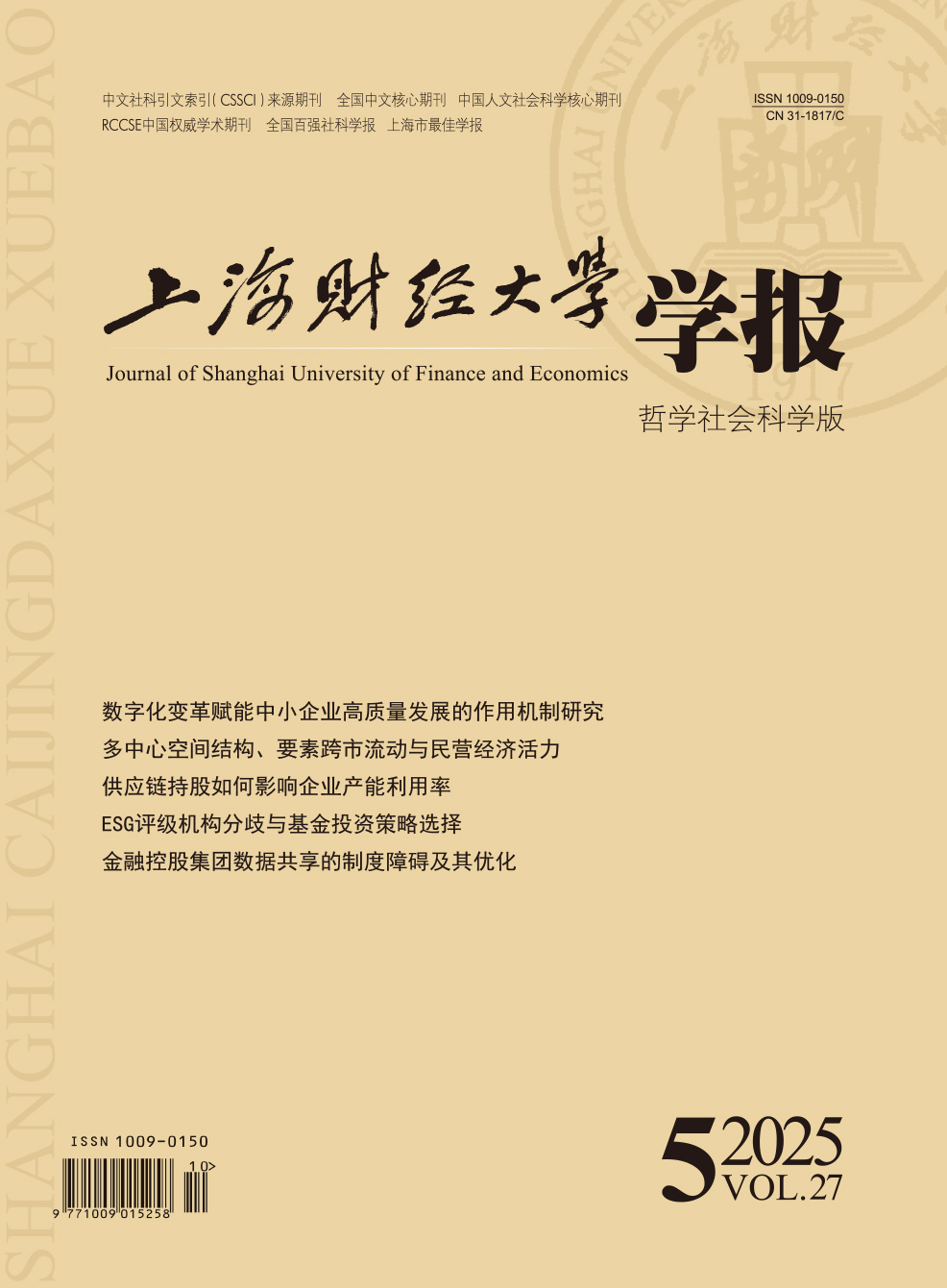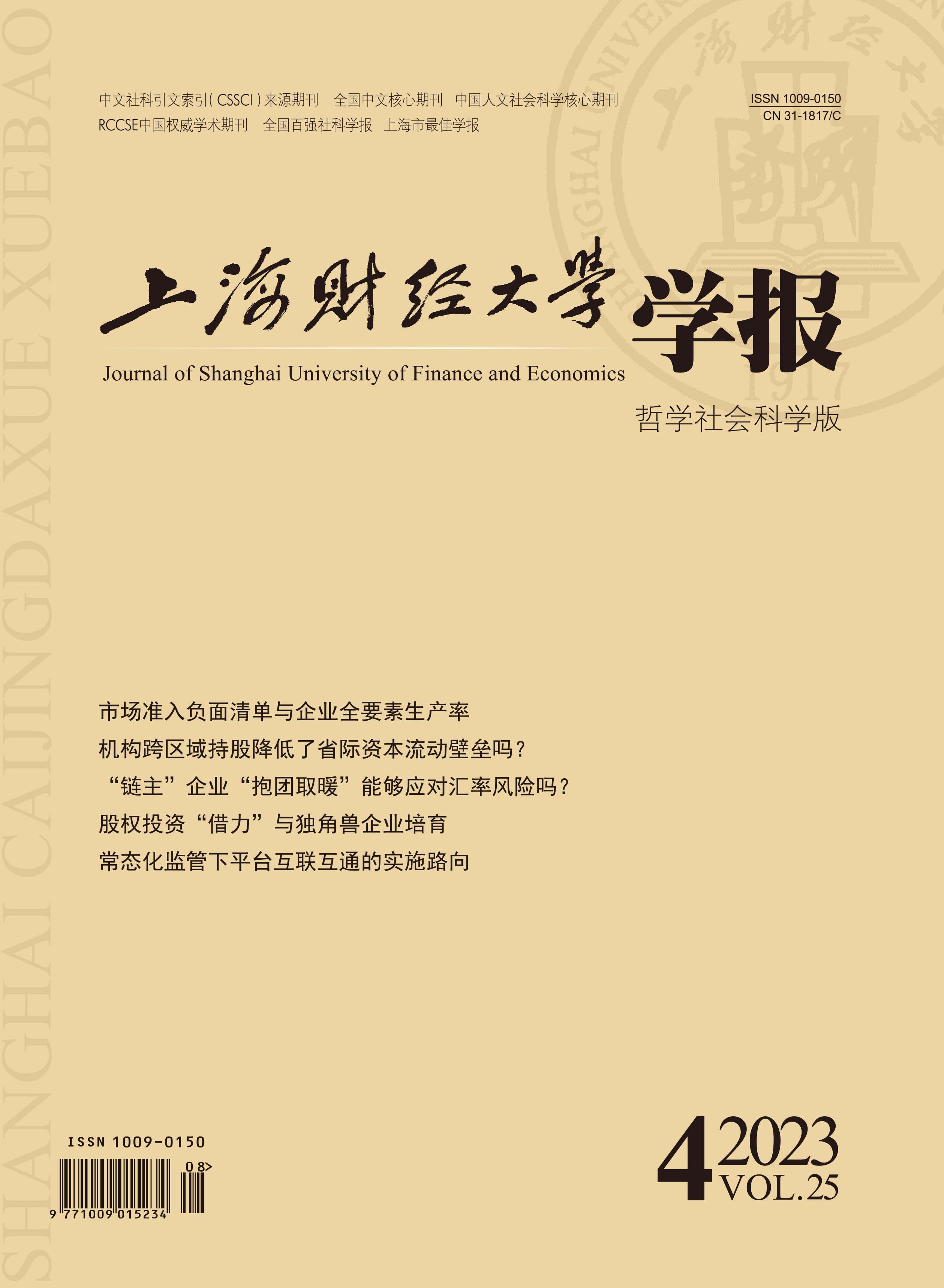The barrier to inter-provincial capital flows has become an important obstacle to building a unified national market, and the widespread phenomenon of institutional cross-regional shareholding provides the possibility to enhance cross-regional M&A to promote capital flows across regions. However, based on the perspective of collusive monopoly, institutional cross-regional shareholding may also prevent enterprises from cross-regional M&A to maintain monopoly profits, which becomes an implicit bottleneck in the process of building a unified national market. Therefore, in order to clarify the role of institutional cross-regional shareholding on the barrier to inter-provincial capital flows, this paper studies from the perspective of cross-regional M&A and develops a theoretical model. Within the model, the process of institutional cross-regional shareholding affecting the remote investment decision of enterprises in monopoly market and competitive market is described respectively. Then, using the data from cross-regional M&A of listed companies from 2005 to 2020, this paper empirically examines the mechanism by which institutional cross-regional shareholding affects the constraints on cross-provincial capital flows. Finally, this paper further explores the influence mechanism of institutional cross-regional shareholding on cross-regional M&A from three aspects: impact channel, mitigation method, and economic consequences. The conclusions show that institutional inter-regional shareholding reduces the likelihood of cross-regional M&A when the monopoly degree of the target market is high, increases the barrier to inter-provincial capital flows, and serves as a market segmentation mechanism. However, when the monopoly degree of the target market is low, institutional inter-regional shareholding boosts the likelihood of cross-regional M&A, lowers the barrier to inter-provincial capital flows, and serves as a unified market. Further study reveals that institutional cross-regional shareholding strengthens the barrier to inter-provincial capital flows through the threat of withdrawal when the target market has a high degree of monopoly, but the negative impact can be mitigated by the information transparency of the acquirer and the experience of cross-regional M&A. Additionally, institutional inter-regional shareholding lowers the barrier to inter-provincial capital flows by lowering transaction costs when the monopoly degree of the target market is low, which can serve as a guarantee for the long-term performance improvement of cross-regional M&A. Based on the different target market structure, this paper studies the governance process of institutional inter-regional shareholding involved in cross-regional M&A from both theoretical and empirical aspects. It not only offers empirical support for identifying the micro-influence mechanism of cross-provincial capital flows, but also has significant implications for advising institutional investors on how to encourage inter-regional capital flows and rev up the internal forces that drive domestic circulation.
 / Journals / Journal of Shanghai University of Finance and Economics
/ Journals / Journal of Shanghai University of Finance and EconomicsJournal of Shanghai University of Finance and Economics
LiuYuanchun, Editor-in-Chief
ZhengChunrong, Vice Executive Editor-in-Chief
GuoChanglin YanJinqiang WangWenbin WuWenfang, Vice Editor-in-Chief
Does Institutional Cross-regional Shareholding Lower the Barrier to Inter-provincial Capital Flows?
Journal of Shanghai University of Finance and Economics Vol. 25, Issue 04, pp. 18 - 32 (2023) DOI:10.16538/j.cnki.jsufe.2023.04.002
Summary
References
Summary
Cite this article
Wang Lei, Niu Wenzheng, Sha Yifan. Does Institutional Cross-regional Shareholding Lower the Barrier to Inter-provincial Capital Flows?[J]. Journal of Shanghai University of Finance and Economics, 2023, 25(4): 18-32.
Export Citations as:
For
ISSUE COVER
RELATED ARTICLES




 5844
5844  5817
5817

